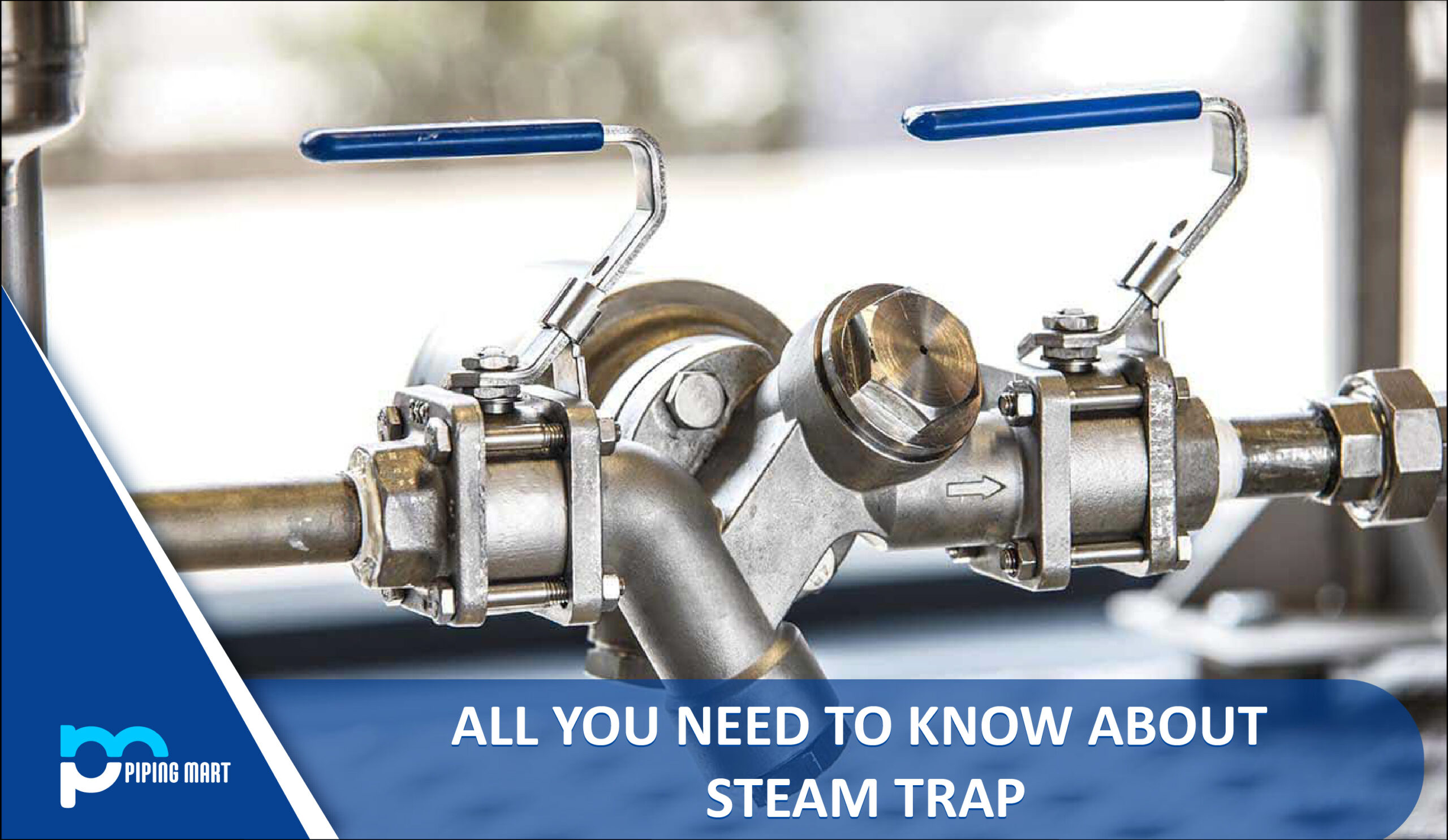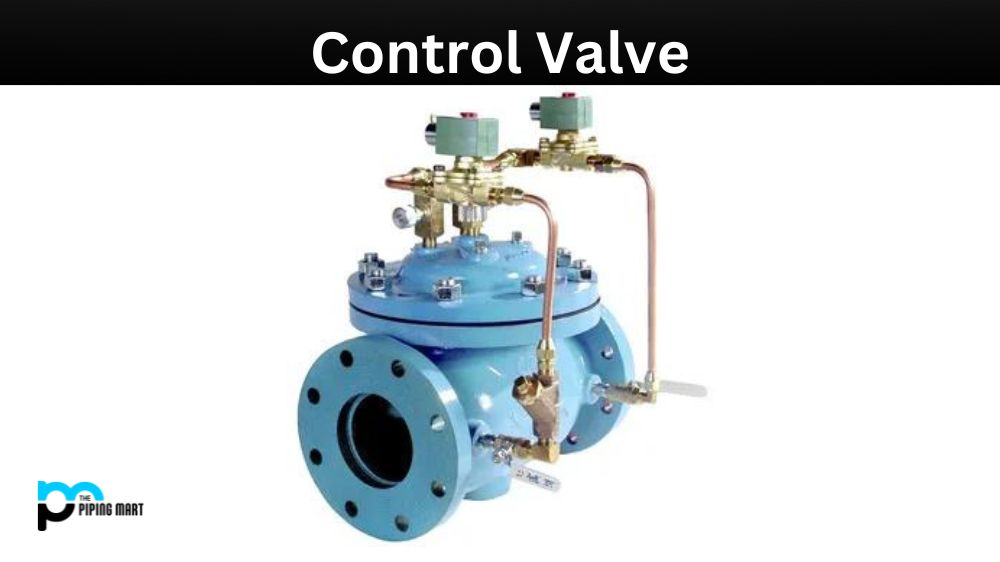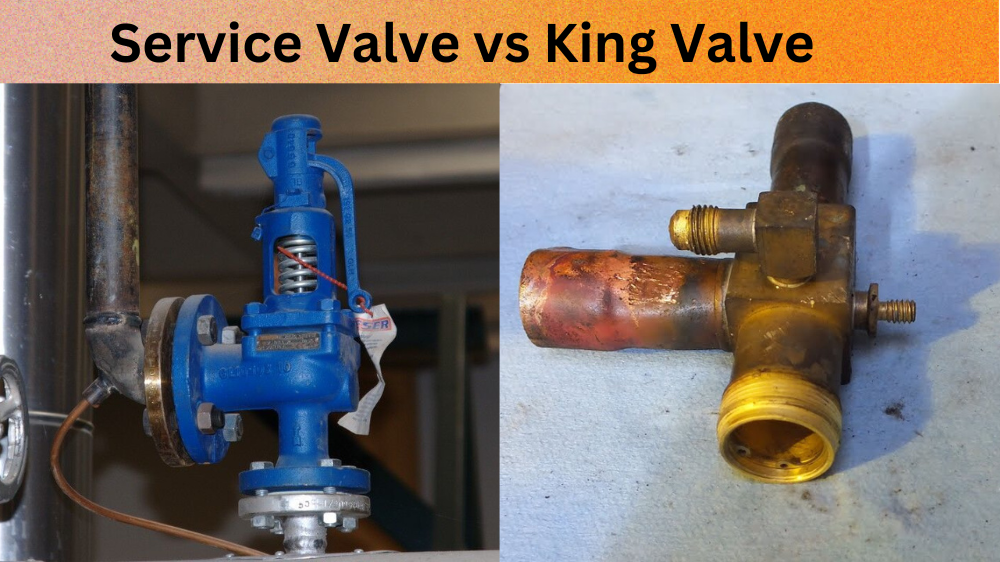Shielded Metal Arc Welding (SMAW) is one of the oldest and most versatile processes for welding metals. It has been popular for many years with both professionals and hobbyists due to its simplicity, portability, and cost-effectiveness. But what is SMAW? How does it work? What are the advantages and limitations associated with this welding technique? In this blog post, we will explore all things SMAW to give you an in-depth look into what makes it so useful.
What is Shielded Metal Arc Welding (SMAW)?
Shielded metal arc welding, or SMAW, is an electric arc welding process that uses a consumable electrode to produce an electric current. This current, combined with the heat of the arc and the pressure of the electrode against the metal pieces being welded, results in a strong, permanent bond between them. It is one of the oldest and most widely used processes for welding metals together.
How Does it Work?
The shielded metal arc welding process involves three main components: an electrode holder, a power source, and a ground clamp. The electrode holder holds the electrode, which is made up of a metal wire core that has been coated with flux. This flux helps protect and stabilize the molten metal as it cools after bonding. The power source supplies electricity to create an arc between the tip of the electrode and the workpiece being welded; this arc generates extreme heat that melts both pieces of metal together. Finally, the ground clamp completes the circuit by grounding out any excess electricity away from both pieces so they can safely bond without risk of electrical shock or burnout.
Shielded Metal Arc Welding (SMAW) Uses
Shielded metal arc welding has many practical applications in industry today. It is used in construction projects such as bridges and buildings; pipelines; ships; aerospace vehicles; storage tanks; automotive parts; railcars; utility poles; furniture manufacturing; and many more complex structures. Its versatility allows it to be used on almost any type of ferrous or non-ferrous metal, including steel, aluminium, cast iron, stainless steel, titanium, copper, and nickel alloys. Additionally, due to its relatively low cost compared to other types of welding methods and its portability, it is often used in small-scale home repair jobs and larger industrial projects.
Conclusion
Shielded metal arc welding (SMAW) is one of the oldest and most widely-used processes for joining two or more pieces of metal together through fusion bonding. Utilizing an electric current along with a consumable flux-coated core wire electrode that produces extreme heat when placed against two separate pieces of metal results in creating a permanent bond between them – making SMAW suitable for almost any type of ferrous or non-ferrous metals, including steel, aluminum cast iron etc., while also providing versatility across large scale industrial projects down to small-scale home repair jobs at relatively low cost compared to other types of welding methods available today. Its portability factor, combined with this broad range of usage possibilities across different industries, makes SMAW one effective method for joining metals into stronger units through fusion bonding!

Pipingmart is a B2B portal that specializes in metal, industrial and piping items. Additionally, we share the latest information and information about materials, products and various types of grades to assist businesses that are involved in this business.




